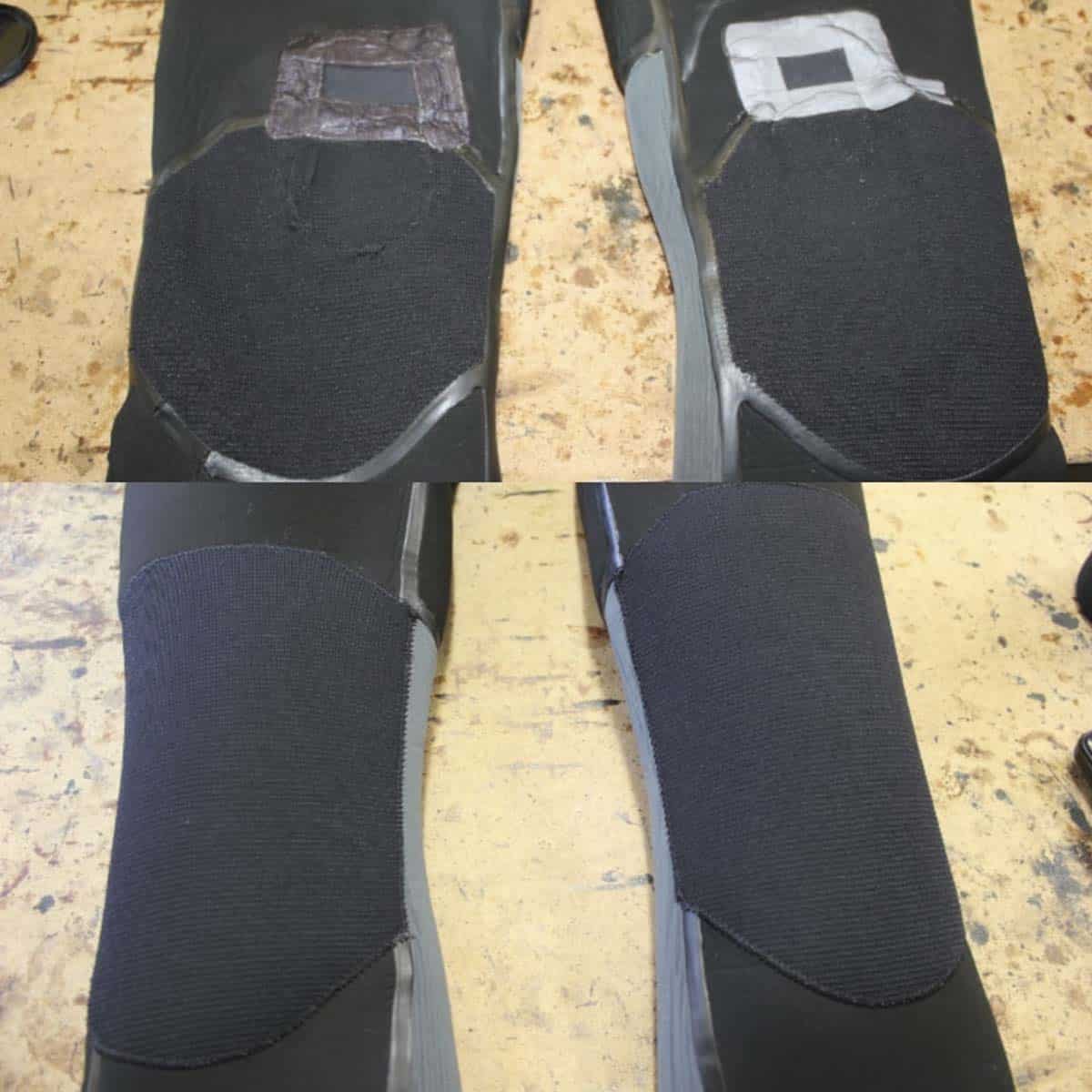
So it’s that time of year when old seams start leaking that old winter wetty doesn’t look that appealing. BUT for a few quid you could give it a new lease of life!
With COP in our news and the call for us all to do our own bit, it’s probably time to admit that we all have pile of wetties in our garage or back room that we have discarded for our own use as seams start leaking, but we feel are too good to throw away and we keep for mates, or emergencies, which never come. We all have them, but it needn’t be this way.
Europes biggest repair centre, Bodyline in Newquay, estimate that 75% of wetsuits are being thrown away when they could be easily and cheaply repaired. Repairs are startlingly cost effective think £18 for a zip replacement, replacement crotch panels from £22.
We caught up with Gary Chambers from Bodyline to find out more.

What percentage of wetsuits do you think are being thrown away that can be more economical repaired?
I would estimate that the majority (circa 75%) of wetsuits are being thrown away, when they could be easily and cheaply repaired.
Sadly we live in a throwaway culture. But the global pandemic and the knock on effects to wetsuit supply has certainly made surfers think twice. We have certainly seen surfers willing to spend more on repairing their wetsuit as opposed to buying a new one.


What are the most common repairs you see and how fixable are they?
Issues with wetsuits are a result of either;
1. Manufacturing faults – Faulty stitching and/or gluing, peeling tape etc…
2. Wear and tear – compressed knee pads and elbows, leaking in the main stress areas (crutch panel/seams & armpits) etc…
3. Misuse and accidents – tears/rips, fin cuts, broken zips etc…
Individual issues on wetsuits are easily fixable. Our average wetsuit repair cost is around £20-30. It is only when there are multiple faults on a wetsuit that repairing will either be too expensive or that the wetsuit is too far gone to repair and the money would be better put towards a new wetsuit (in this case we would advise the customer accordingly).

I guess the most common reason for a wetsuits to get binned is that the seams have gone. How do you find and and repair these and how can you tell if a your wetsuit is repairable or if it has gone too far?
If seams are leaking, gluing and/or retaping the leaking seams will not stop water getting through, as it is the bond between the panels that has opened up. To properly repair leaking seam requires the seams to be trimmed and rebuilt or panels (i.e the crutch panel) to be replaced. We can watertest wetsuits, using a pressurized air line, and as long as a wetsuit is not extensively leaking, then repairing can be very cost effective.
Is the standard inflation test a good way of surfers seeing where your seams have gone?
Liquid welded seams and blindstitched seams can both leak. Our pressure test is very accurate at finding leaks, but surfers can generally tell when a wetsuit is leaking and whereabouts, especially in winter/colder water, as they will feel a cold trickle when sitting on their boards, or when first wading out.
I know every suit is different, but are the any standard costs for seam repair, or knee replacement?
Wetsuit repairs cost from under £10 (so cheaper than buying a tube of neoprene glue). Crutch and knee pad replacements cost from £30. So repairing a wetsuit so that it lasts another season or so it can be used as a back up suit, is very affordable and cost effective.
Does your old loved suit still have life in it? A few average costs to fire up your imagination.
• Zip Slider Replacement £15
• Zip Replacement from £30
Knee Pads
• From £30
• Replacement Panel From £15.00
• Stitching and glue seams From £5.00
• New Arm Replacements From £25.00
• Replacement Crotch £30
• New Collar £25





